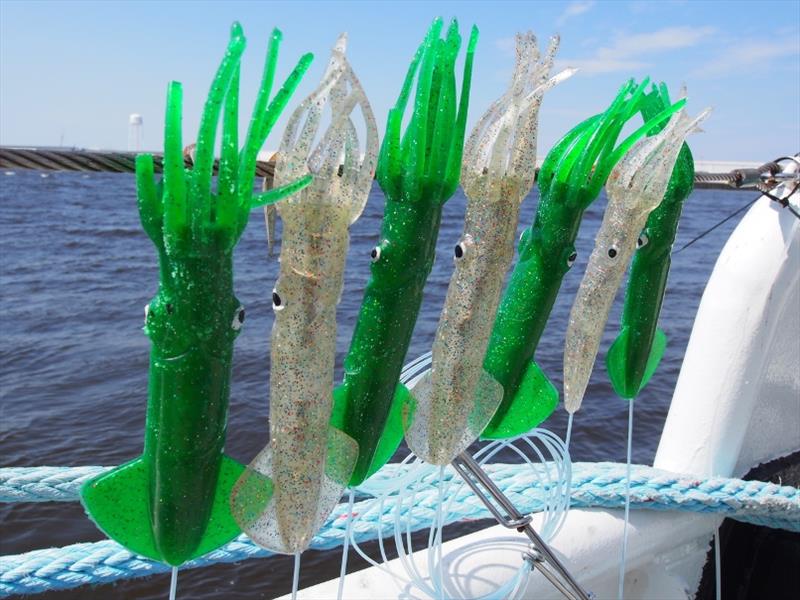
NOAA and partners help restore Gulf fishes after deepwater horizon
by NOAA Fisheries 13 Jan 2018 04:06 UTC

NOAA and partners help restore Gulf fishes © NOAA Fisheries
NOAA Fisheries and our partners at the National Fish and Wildlife Foundation kicked off the New Year with the second round of the Oceanic Fish Restoration Project.
The project aims to restore a portion of the fish injured as a result of the 2010 Deepwater Horizon oil spill in the Gulf of Mexico. Ten fishing vessel owners from Florida and Louisiana will take a break, also known as a repose, from using pelagic longline fishing gear for the next six-months.
During those months, project participants have the option to harvest highly migratory species such as yellowfin tuna and swordfish using alternative fishing gear that results in low bycatch and fish mortality. Sea turtles and marine mammals, as well as other oceanic fish, have a better chance of surviving if accidentally caught with these alternative gears.
Participating vessel owners will also receive financial compensation to help offset lost revenue during the repose. Fishing vessel owners who are not participating — the majority of the fleet — will continue to land tuna and swordfish throughout the Gulf as usual.
The project will help support healthier populations of fish throughout the Gulf and a stronger fishing industry in the future by reducing fish mortality and allowing fish to grow and reproduce.
"We understand that fishing businesses and communities depend on these oceanic resources, which are also critical components of the Gulf ecosystem,” said Chris Oliver, Assistant Administrator for NOAA Fisheries. “Exciting innovations in gear reduce bycatch and restore fish populations — keeping local economies and the environment healthy.”
Throughout the project, NOAA Fisheries and the NFWF will continue working with participants, dealers (pdf, 4 pages), and researchers to improve results of the alternative gear and enhance product quality of caught fish.
Based on feedback from stakeholders after the 2017 pilot year, changes were made to add more at-sea days to fish using alternative gear, additional training to improve gear use, and more gear choices.
“We had the opportunity to learn from the pilot, and through partnerships and engagement, made key enhancements to improve the project both for volunteer participants and members of the local supply chain,” added Mr. Oliver.
At the completion of the pilot year, all seven participants felt the experience was a positive one. According to one of the participants: “I found it very rewarding to be a part of the research and experiment with the new gear as well as to be a part of something that could help restore fish in the Gulf.”
The project was included as one part of early restoration for the 2010 Deepwater Horizon oil spill. It is managed by NOAA Fisheries as one of four federal Open Ocean trustees working together on to restore habitat and fish, marine mammals, sea turtles and others in and around the Gulf of Mexico.
Learn more about the Deepwater Horizon Oceanic Fish Restoration Project